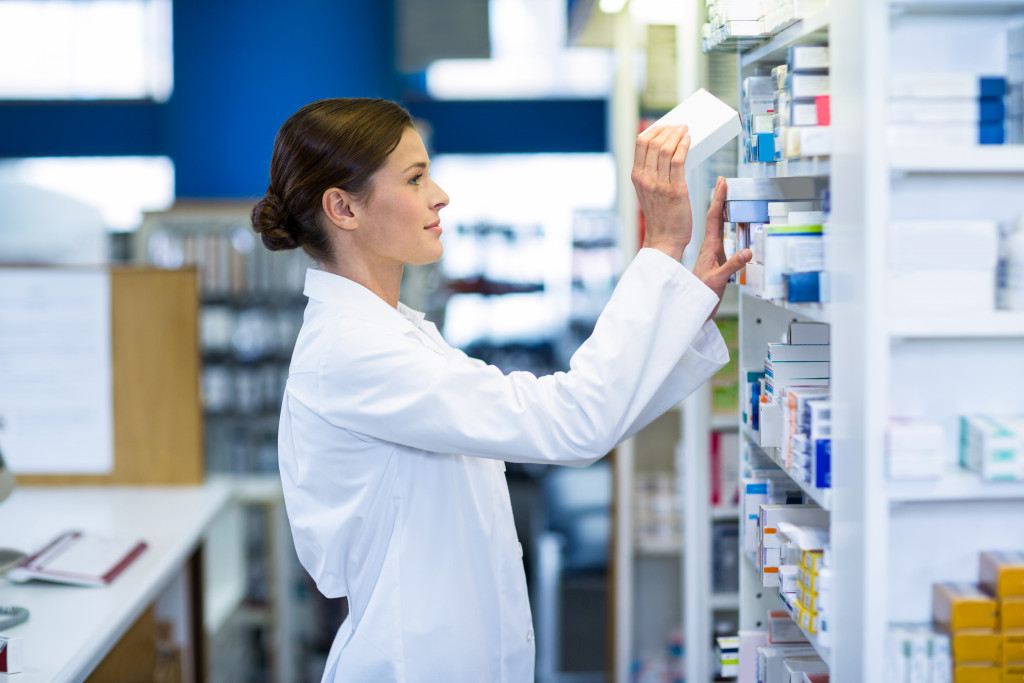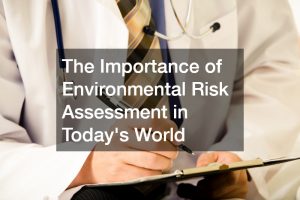The world is full of threats to people’s safety and health, especially as viruses and diseases continue to evolve. The recorded history of the planet shows that horrifying periods when billions of people succumbed to fatal illnesses pop up from time to time. The COVID-19 pandemic belongs to the list, taking over a million lives after over a year. Those diseases that made people suffer in the past did not die natural deaths because humanity will not go down without a fight.
Science and medical innovation continue to make advancements to counter viruses and infections. Because of this, vaccines from different countries are popping up to ensure that people can recover. Despite the slow process and the multiple COVID-19 variants, the world is a much safer place than a year ago. Scientists and medical specialists are working day and night to develop drugs to counter diseases and medical conditions. However, these things do not happen overnight.
Scientists have to undergo a meticulous process to ensure that the medication they create is safe and effective for human consumption. These stages will likely be the foundation for producing a potentially life-saving product out of nothing in the drug development process.
Stage 1: Discovery
The creation of effective medicine or drugs will start from discovery. It will be challenging for scientists to create something new, but there are still many undiscovered elements in this world despite active research. The discovered ones, however, could still provide features and properties unknown to the world. Scientists work day and night to develop new things, especially when humanity is under threat. They will confirm if a molecule or a particle can be effective against the disease in question.
After multiple tests and target experiments, drug development companies will start to figure out how they will reinforce the element with other compounds. Drug developers will mix and match responsibly during this stage, allowing them to identify the exact measurements, dosages, and mixtures necessary to create an effective product.
Stage 2: Clinical Trials and Application
The drug development process will begin to take a real turn once it moves past the first stage. Scientists will start to check the potential drug’s effect on living beings, particularly among lab animals. Safety is necessary to ensure that no humans will encounter fatal side effects during consumption, which means the clinical trials will likely last for long periods. To achieve the goal, drug development companies have to procure equipment, supplies, and materials for the task. Preclinical oncology involving in-vivo and in vitro testing will be essential and standard procedure.
The data and information collected during the trials can significantly boost their efforts to create an effective drug, even if it is in small steps. The process, however, will result in many errors and mishaps before achieving success, so humans should never be a part of the initial experiments. It will take many testing and investments before drug developers create an effective product, but there is no price tag equivalent to saving multiple lives.

Stage 3: FDA Review
The effectiveness of products will become a milestone in drug development companies’ efforts and investment. Some medicines take over 10 to 15 years before accomplishment, which means passing the clinical stages is a cause for celebration. However, it does not mean it is ready for mass production and selling. People’s lives are at stake, making it critical for a federal agency to verify its effectiveness and safety.
The Food and Drug Administration (FDA) will be part of the journey because the department has a responsibility to protect people. Once you finalize the application, the FDA needs to decide if the product is approved or denied. It might take over ten months before the federal agency creates the decision, but the necessity of the product could push its status date earlier.
Stage 4: Marketing
Once the FDA approves the product, it will be available for consumption. However, people are not usually aware of the purpose of each ingredient or particle infused in them. Responsible marketing will be necessary because the FDA will monitor how drug development companies market the product.
Companies might notice a trend where the profits are more promising. It might mislead people into believing that the product is achievable for other purposes besides its primary reason for manufacturing. The marketing stage will be essential to inform the public about the new drug, but the message needs to be accurate.
It can be fascinating to observe scientists create a potentially life-saving product out of nothing, but the process behind it is no joke. The stages will be grueling and draining, but it is necessary to ensure that the manufactured drug is safe for human consumption.






